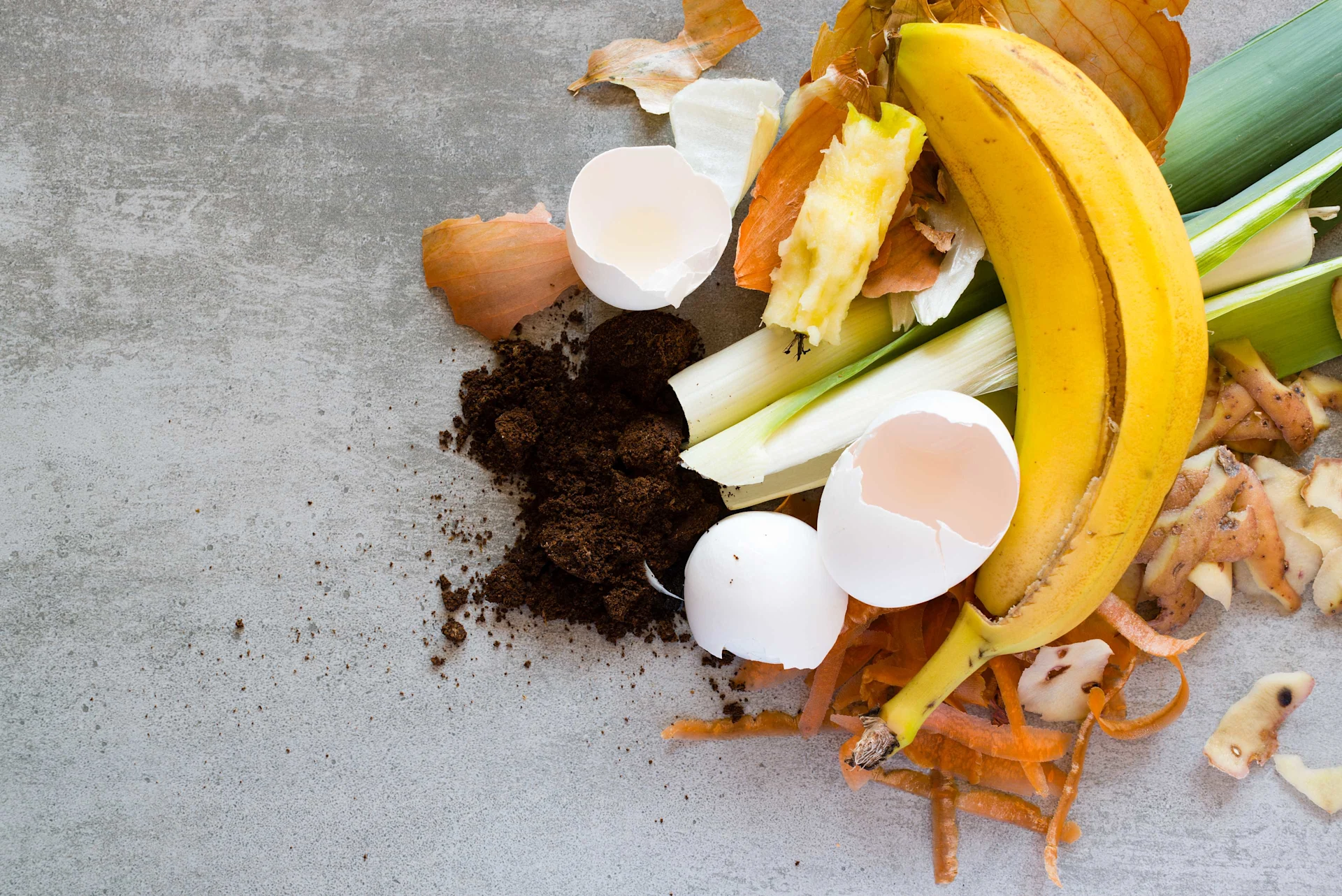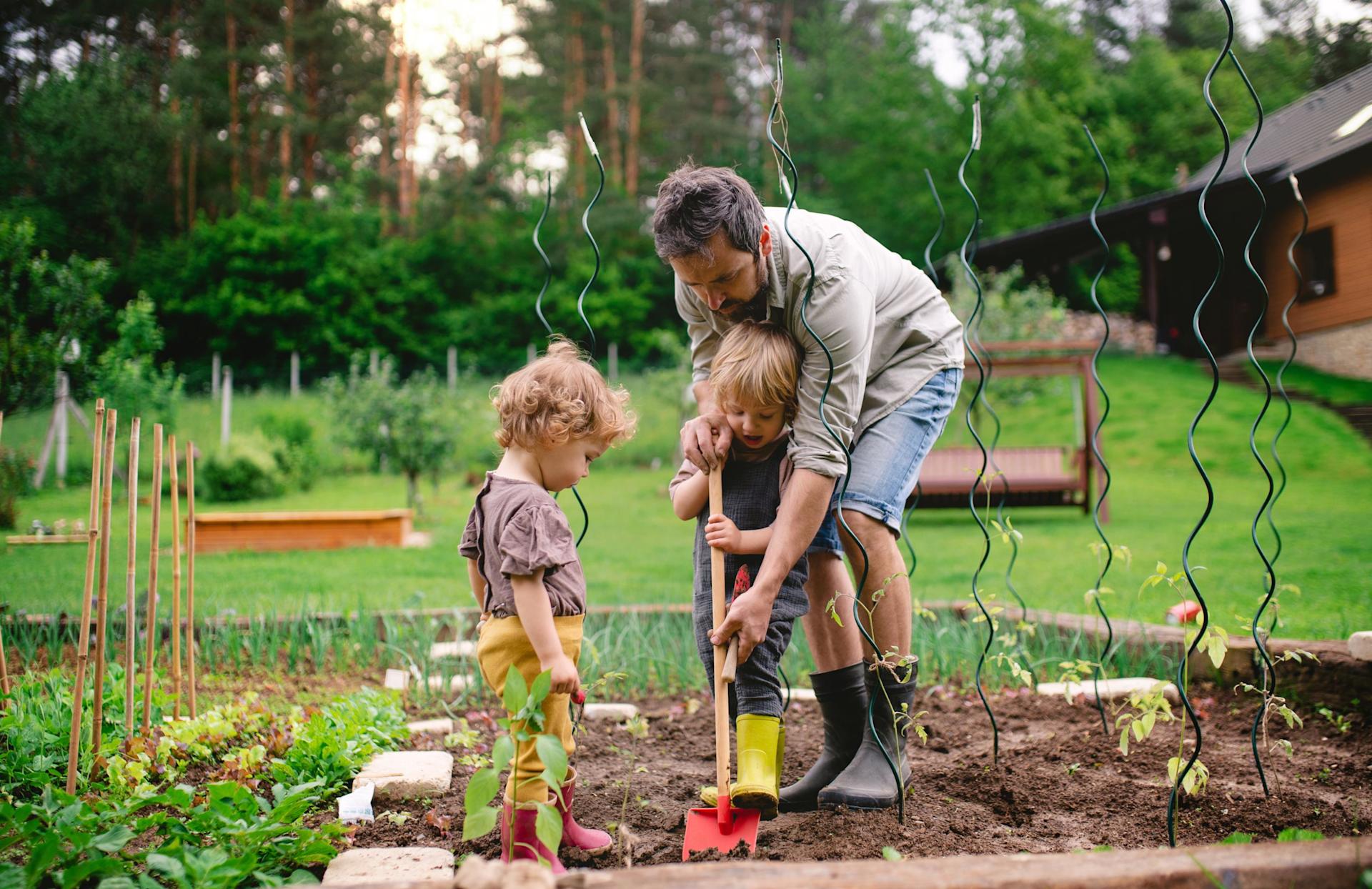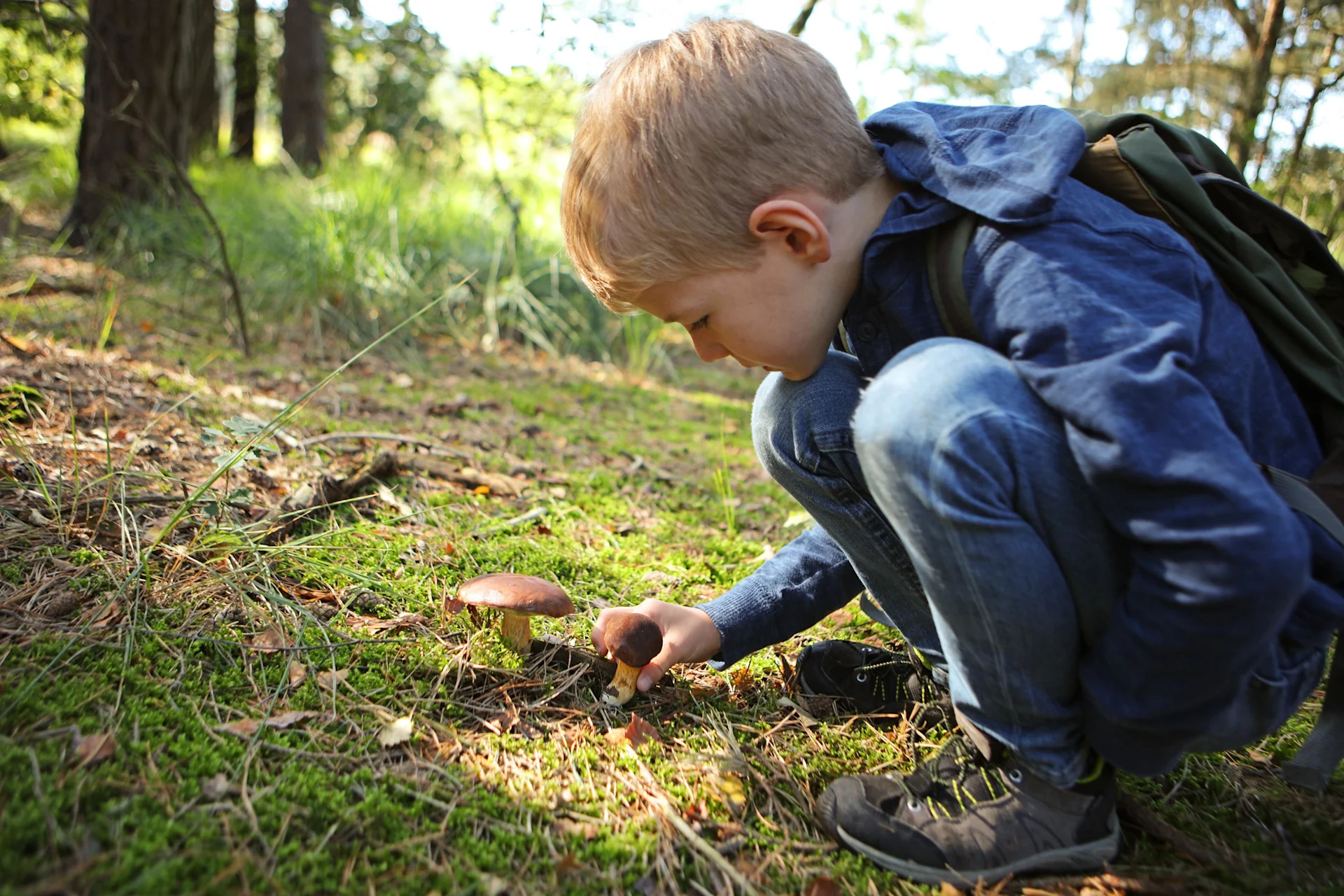
Food waste
What do you know about food waste?
Take part in the food waste quiz and find out how much you already know.
navigation

Biodiversity
Children are curious and love nature: here’s how to teach them about biodiversity – whether it’s gardening, picking mushrooms or raising caterpillars.
Gardening with children is fun: cress on the windowsill, raspberries on the balcony or carrots in the garden. True miracles grow in your own garden bed – after the work is done and not overnight. This teaches children in a playful and successful way what it takes to grow food. The garden or balcony provide a lot of teaching opportunities when it comes to nature and its biodiversity.
As diverse as our native animal and plant species are, so are children: The little ones are sometimes a bit impatient when it comes to gardening? Simply focus on the joy of nature with the prospect of colourful flowers and your own fruit to harvest.
More tips on gardening with children

Children love being in the forest: there’s so much to discover. Going mushroom picking with children in late summer and autumn is a special experience. Collect button mushrooms, chanterelles or morels with wicker baskets in a nearby wood at your leisure. Be sure to take a look at the mushroom picking regulations in Switzerland beforehand, as there are different cantonal quantity limits, regulations and mushroom picking blackout periods. Because some mushrooms also need to be protected so that our ecosystem can thrive.
After picking, carefully examine the mushrooms: Are they all edible and non-toxic? Also head to a mushroom control station. Experts then take a close look at the finds before they can be turned into a tasty dish: button mushrooms, for example, are perfect for seasonal recipes.
But even when it’s not mushroom season, you can send children out into nature to search – with nature bingo. All you need is pen and paper:
Draw some boxes on the paper and draw certain animals, plants or objects from nature in them.
The children then have to look for them on the hike.
What has been sighted can be ticked off.
The winner is whoever has the most ticks at the end.

Nature enchantment at home? Search for caterpillars together with the children and observe the metamorphosis into butterflies – for example with this caterpillar box. In it, larvae grow into butterflies. A pane in the wooden box allows children to observe the different stages of development, from caterpillar to chrysalis to butterfly. Breeding the swallowtail butterfly is particularly worthwhile, as this is the most magnificent butterfly of the native fauna.
Not all animals and plants are originally native to Switzerland: the book Globi und die neuen Arten tells children which ones have travelled to Switzerland as stowaways and are now influencing our ecosystem here. It tells the story of plant and animal species that are carried by people to new places and sometimes cause problems there.
They glow between June and July – because that’s the mating season for fireflies. They can be seen mating especially at the edges of forests, in meadows, gardens or parks. If you want to take a closer look at a firefly for a moment, you can make a light trap together with the children: from a PET bottle cut in half and a small LED light. With this “decoy female” you can attract searching males, study them and let them fly again unharmed. Here the instructions:
Cut the PET bottle in half with a knife or scissors.
Drill a small hole in the bottom of the PET bottle.
Insert a small LED light into the drilled hole.
Remove the cap from the upper part of the PET bottle and insert this part upside down into the lower part.
Turn on the LED light and wait for the fireflies to come.
Of course, once you have finished observing the fireflies, make sure to release them!
Discover exciting stories about all aspects of Migros, our commitment and the people behind it. We also provide practical advice for everyday life.